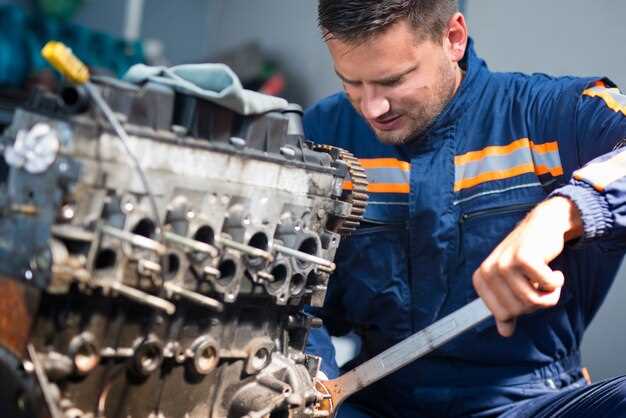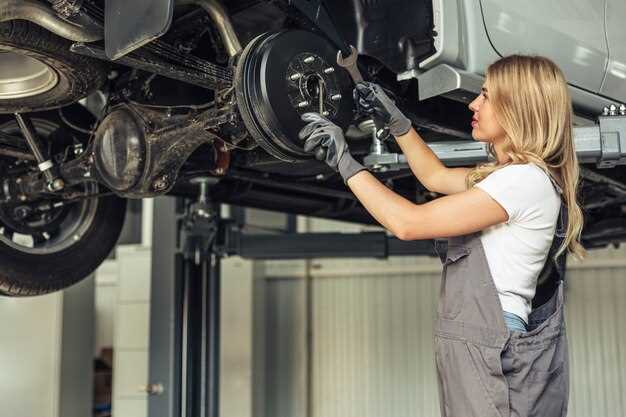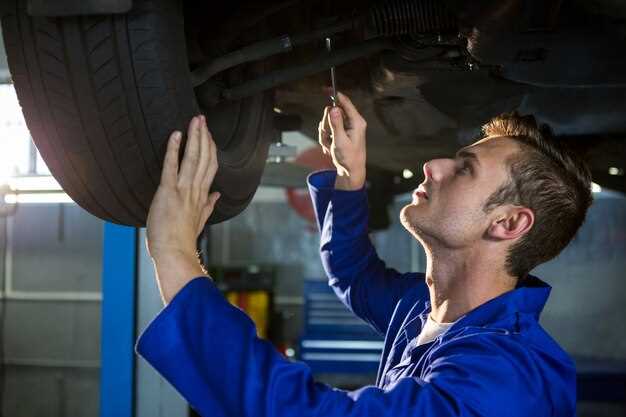
Engine balancing is a crucial yet often overlooked aspect of automotive engineering that can significantly impact a vehicle’s performance. By ensuring that the internal components of an engine are evenly distributed and function harmoniously, manufacturers can enhance efficiency and reduce wear and tear. When an engine is balanced, it operates more smoothly, transmitting power more effectively to the drivetrain.
Performance is one of the most significant benefits of engine balancing. A well-balanced engine minimizes vibrations and mechanical stresses, which can lead to improved throttle response and higher RPMs. This optimization allows drivers to unlock the full potential of their vehicle, providing a more exhilarating driving experience. Additionally, a balanced engine can improve fuel efficiency, as less energy is wasted in overcoming unnecessary vibrations.
Moreover, longevity is another important advantage of a properly balanced engine. Reduced vibrations and stresses lead to less wear on engine components, diminishing the risk of premature failures. This can result in lower maintenance costs and a longer lifespan for the engine. Engine balancing ultimately contributes to a more reliable vehicle, enhancing the owner’s overall satisfaction.
In summary, engine balancing is a vital process that offers numerous benefits for both performance and longevity. By investing in proper balancing techniques, vehicle owners and manufacturers can ensure their engines operate at peak efficiency, maximizing power and minimizing wear over time.
Understanding the Impact of Engine Imbalance on Performance

Engine imbalance occurs when the internal forces generated by the engine are not uniformly distributed. This condition can lead to several detrimental effects on performance and longevity. When an engine is imbalanced, it experiences excessive vibrations, which can adversely affect various components and systems.
Vibrations caused by engine imbalance create stress on engine mounts, leading to premature wear or failure. These vibrations can also disrupt the alignment of accessory components, including the alternator and water pump, potentially causing operational issues or breakdowns.
Furthermore, an imbalanced engine can result in reduced power output. The uneven distribution of forces may lead to inefficient combustion, as fuel cannot be burned optimally when the engine is vibrating excessively. This inefficiency translates to a decrease in horsepower and torque, adversely affecting acceleration and overall driving experience.
In addition to performance loss, engine imbalance poses a serious threat to the engine’s longevity. Continuous operation under these conditions can lead to increased wear on moving parts, such as bearings and pistons. Over time, this wear can result in catastrophic engine failure, necessitating costly repairs or complete engine replacement.
Maintaining proper engine balance is crucial for maximizing performance and ensuring longevity. Regular checks and balancing can help maintain optimal engine function and efficiency, ultimately enhancing both the driving experience and the lifespan of the engine. Understanding and addressing engine imbalance is vital for anyone seeking to optimize their vehicle’s performance and reliability.
How Balanced Engines Contribute to Component Lifespan
A well-balanced engine plays a critical role in enhancing the longevity of its components. The reduction of vibrations and uneven forces leads to several key benefits that positively impact the overall durability of the engine. Here are the main ways in which balanced engines contribute to component lifespan:
-
Reduced Vibration:
Balanced engines minimize vibrations that can cause wear and tear on engine components. Excessive vibrations can lead to:
- Cracking of engine mounts
- Premature failure of gaskets
- Loosening of fasteners
-
Improved Stress Distribution:
A balanced engine ensures even distribution of forces across components. This balanced load leads to:
- Less concentration on specific areas
- Decreased likelihood of component fatigue
- Increased performance consistency
-
Enhanced Oil Distribution:
Properly balanced engines promote efficient oil flow throughout the system. Benefits include:
- Improved lubrication of moving parts
- Reduced operating temperatures
- Lower chance of oil starvation
-
Less Engine Noise:
By reducing vibrations, balanced engines typically produce lower noise levels. This contributes to:
- A more pleasant driving experience
- Decreased auditory strain on components
- Longer lifespan of sound-sensitive components
In conclusion, the benefits of engine balancing extend beyond performance, significantly influencing the lifespan of various engine components. Enhanced vibration control, stress distribution, oil management, and noise reduction all contribute to a more durable and reliable engine, ultimately leading to fewer repairs and a longer service life.
Steps to Achieve Optimal Engine Balance for Your Vehicle

Achieving optimal engine balance is crucial for enhancing the performance and longevity of your vehicle. Here are the essential steps to follow:
1. Conduct a Comprehensive Engine Inspection: Begin by thoroughly inspecting the engine components, including the crankshaft, pistons, and connecting rods. Look for any signs of wear or damage that could impact balance.
2. Weigh Engine Components: Accurately weighing each moving component is vital. This helps in identifying discrepancies in weight that can lead to imbalance. Document the weights for reference during the balancing process.
3. Machine Work on Rotating Assemblies: If discrepancies are found, consider precision machining on the crankshaft, pistons, or connecting rods. This can involve lightening or adding material to ensure all components have similar weights.
4. Use High-Quality Components: Opt for high-performance components that are designed with balance in mind. Lightweight, balanced parts contribute significantly to overall engine balance and performance stability.
5. Implement Proper Assembly Techniques: During the reassembly of the engine, ensure that each part is installed correctly and tightened to the manufacturer’s specifications. Misalignment during assembly can lead to imbalance.
6. Conduct Dynamic Balancing: Utilize a dynamic balancing machine to test the rotating assembly. This process allows for the identification of unbalanced forces as the engine operates. Adjustments can then be made by adding or removing weight as necessary.
7. Regular Maintenance Checks: Implement a routine maintenance schedule that includes balance checks as part of an extensive engine health assessment. Regular checks will help prevent imbalances from developing over time.
8. Monitor Engine Performance: Keep an eye on engine performance metrics such as vibrations and noise levels. Any anomalies may indicate an imbalance that needs to be addressed, ensuring long-term performance and reliability.
Follow these steps diligently to achieve optimal engine balance, leading to improved performance and enhanced engine longevity.
